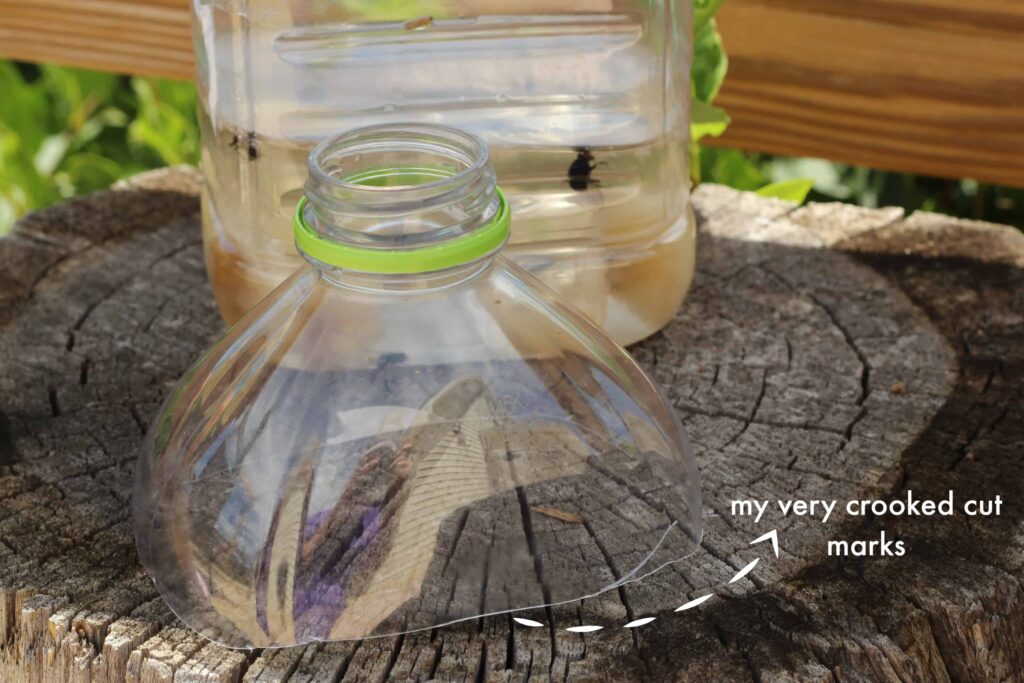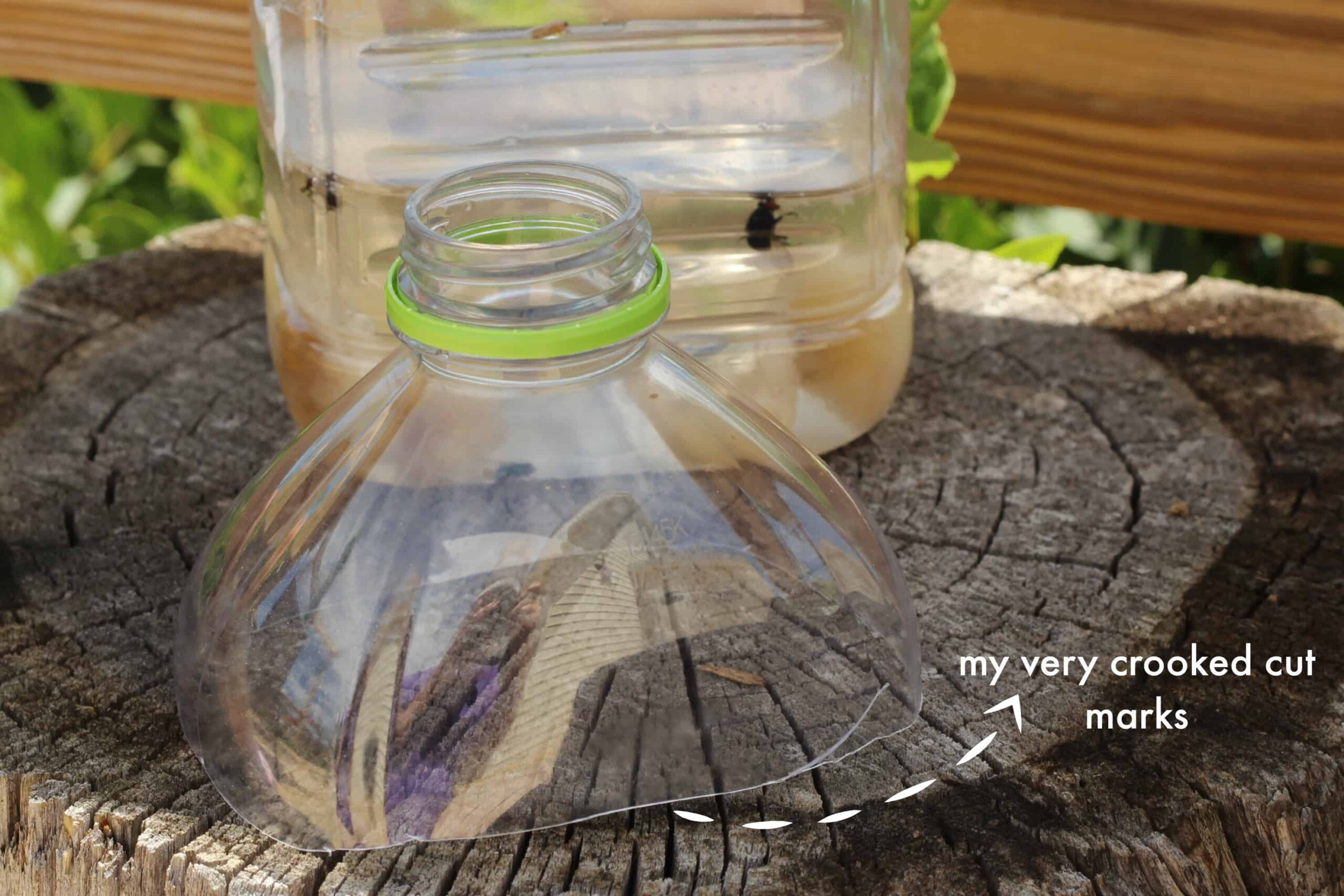
The Ultimate Guide to Homemade Fly Traps: Effective Solutions for a Fly-Free Home
Flies buzzing around your home can be more than just annoying; they can also pose a health risk. These pesky insects can carry bacteria and pathogens, contaminating food and surfaces. While there are many commercial fly traps available, creating a homemade fly trap is an effective, affordable, and environmentally friendly alternative. This article will guide you through various methods of building your own fly traps, ensuring a fly-free and healthier living space. We’ll explore different designs, ingredients, and placement strategies to maximize effectiveness. Whether you’re dealing with fruit flies in the kitchen or house flies throughout your home, a well-crafted homemade fly trap can make a significant difference. Let’s dive in and discover how to reclaim your home from these unwanted guests!
Why Choose a Homemade Fly Trap?
Before we delve into the how-to, let’s consider why you might opt for a homemade fly trap over a store-bought one. Several compelling reasons exist:
- Cost-Effectiveness: Store-bought traps can be expensive, especially if you have a large area to cover or a persistent fly problem. A homemade fly trap utilizes readily available household items, saving you money.
- Environmentally Friendly: Many commercial traps contain chemicals that can be harmful to the environment and potentially to your family. Homemade fly traps use natural and non-toxic ingredients.
- Customization: You can tailor your homemade fly trap to target specific types of flies and adjust the bait based on what attracts them most in your environment.
- Satisfaction: There’s a certain satisfaction in creating something yourself that solves a problem. Making a homemade fly trap is a simple and rewarding DIY project.
The Classic Vinegar Fly Trap
One of the most popular and effective homemade fly trap designs involves using vinegar. This method is particularly effective for fruit flies, which are attracted to the sweet and fermented scent.
Materials You’ll Need:
- A plastic bottle or jar
- Apple cider vinegar (or any vinegar)
- Dish soap (optional)
- Plastic wrap or a paper cone
- Rubber band or tape
Instructions:
- Prepare the Container: Take your plastic bottle or jar and clean it thoroughly.
- Add the Bait: Pour about 1-2 inches of apple cider vinegar into the bottom of the container. The vinegar acts as the primary attractant.
- Add Dish Soap (Optional): Add a drop or two of dish soap to the vinegar. The soap breaks the surface tension of the liquid, making it difficult for the flies to escape once they land.
- Create the Trap Mechanism: There are two common methods for trapping the flies:
- Plastic Wrap Method: Cover the top of the container with plastic wrap, securing it with a rubber band or tape. Poke small holes in the plastic wrap using a toothpick or pen. The flies can enter through the holes but struggle to find their way out.
- Paper Cone Method: Roll a piece of paper into a cone shape and insert it into the opening of the container, ensuring the tip of the cone doesn’t touch the vinegar. Secure the cone with tape. The wide opening at the top allows flies to enter, but the narrow opening at the bottom makes it difficult for them to escape.
- Placement: Place the homemade fly trap in areas where you’ve noticed fly activity, such as near fruit bowls, garbage cans, or sinks.
The Sugar and Water Fly Trap
Another simple and effective homemade fly trap uses sugar and water as the bait. This method is particularly good for attracting house flies.
Materials You’ll Need:
- A plastic bottle or jar
- Sugar
- Water
- Dish soap (optional)
- Paper cone or inverted bottle neck
Instructions:
- Prepare the Container: Clean the plastic bottle or jar thoroughly.
- Mix the Bait: Mix sugar and water in a ratio of about 1:3 (e.g., 1 tablespoon of sugar for every 3 tablespoons of water). Pour the mixture into the bottom of the container.
- Add Dish Soap (Optional): Add a drop or two of dish soap to break the surface tension.
- Create the Trap Mechanism:
- Paper Cone Method: Use the same paper cone method as described in the vinegar trap.
- Inverted Bottle Neck Method: Cut the top off a plastic bottle and invert it into the bottom half, creating a funnel. Tape the two halves together. Flies will enter through the bottleneck but struggle to fly back out.
- Placement: Place the homemade fly trap in areas where you’ve seen house flies, such as near windows, doors, or pet areas.
The Rotten Fruit Fly Trap
If you have overripe or rotten fruit, don’t throw it away! It can be used to create an incredibly effective homemade fly trap, especially for fruit flies.
Materials You’ll Need:
- A jar or container
- Overripe or rotten fruit (e.g., banana peels, apple cores)
- Plastic wrap
- Rubber band
- Toothpick
Instructions:
- Prepare the Container: Place the overripe or rotten fruit in the bottom of the jar or container.
- Cover the Container: Cover the top of the container with plastic wrap, securing it with a rubber band.
- Create Entrance Holes: Poke small holes in the plastic wrap using a toothpick.
- Placement: Place the homemade fly trap near areas where fruit flies are common, such as fruit bowls or compost bins.
The Wine Fly Trap
Leftover wine can also be used to create a homemade fly trap. Flies are attracted to the sweet and fermented scent of wine, making it an effective bait.
Materials You’ll Need:
- A small glass or jar
- Leftover wine (red or white)
- Dish soap (optional)
Instructions:
- Pour the Wine: Pour a small amount of leftover wine into the glass or jar.
- Add Dish Soap (Optional): Add a drop or two of dish soap to break the surface tension.
- Placement: Place the homemade fly trap in areas where flies are present, such as near kitchen counters or dining tables.
Tips for Maximizing the Effectiveness of Your Homemade Fly Trap
To ensure your homemade fly trap is as effective as possible, consider these tips:
- Placement is Key: Experiment with different locations to find where flies are most active. Common areas include near food sources, garbage cans, and windows.
- Change the Bait Regularly: Over time, the bait will lose its effectiveness as it ferments or becomes diluted. Replace the bait every few days to keep the trap attractive to flies.
- Clean the Trap: Regularly clean out dead flies and debris from the trap to maintain its effectiveness and prevent foul odors.
- Use Multiple Traps: For larger areas or severe infestations, use multiple homemade fly traps to increase your chances of catching flies.
- Combine Methods: Don’t be afraid to experiment with different bait combinations and trap designs to find what works best for your specific situation.
- Maintain Cleanliness: The best way to prevent fly infestations is to keep your home clean. Regularly clean up spills, dispose of garbage properly, and store food in airtight containers.
Beyond Traps: Additional Fly Control Measures
While a homemade fly trap can be highly effective, it’s often best used in conjunction with other fly control measures. Here are a few additional strategies to consider:
- Eliminate Breeding Sites: Flies breed in moist, organic matter. Eliminate potential breeding sites by cleaning up spills, emptying garbage cans regularly, and keeping drains clean.
- Use Fly Swatters: A good old-fashioned fly swatter can be surprisingly effective for dealing with individual flies.
- Install Screens: Ensure that all windows and doors have properly fitted screens to prevent flies from entering your home.
- Use Fly Paper: Fly paper is a sticky, non-toxic option for catching flies. Hang it in areas where flies are common.
- Consider Essential Oils: Some essential oils, such as peppermint, lavender, and eucalyptus, are known to repel flies. Diffuse these oils in your home or create a spray by mixing them with water.
Conclusion
Creating a homemade fly trap is a simple, cost-effective, and environmentally friendly way to control fly populations in your home. By using readily available household items and following the instructions outlined in this guide, you can create effective traps that target different types of flies. Remember to experiment with different bait combinations and trap designs to find what works best for your specific situation. Combine your homemade fly trap with other fly control measures, such as eliminating breeding sites and maintaining cleanliness, to create a fly-free and healthier living environment. So, roll up your sleeves, gather your supplies, and get ready to say goodbye to those pesky flies! [See also: Natural Pest Control Methods] [See also: DIY Insect Repellents] With a little effort, you can enjoy a fly-free home without breaking the bank or resorting to harmful chemicals. The perfect homemade fly trap is waiting to be built by you!

